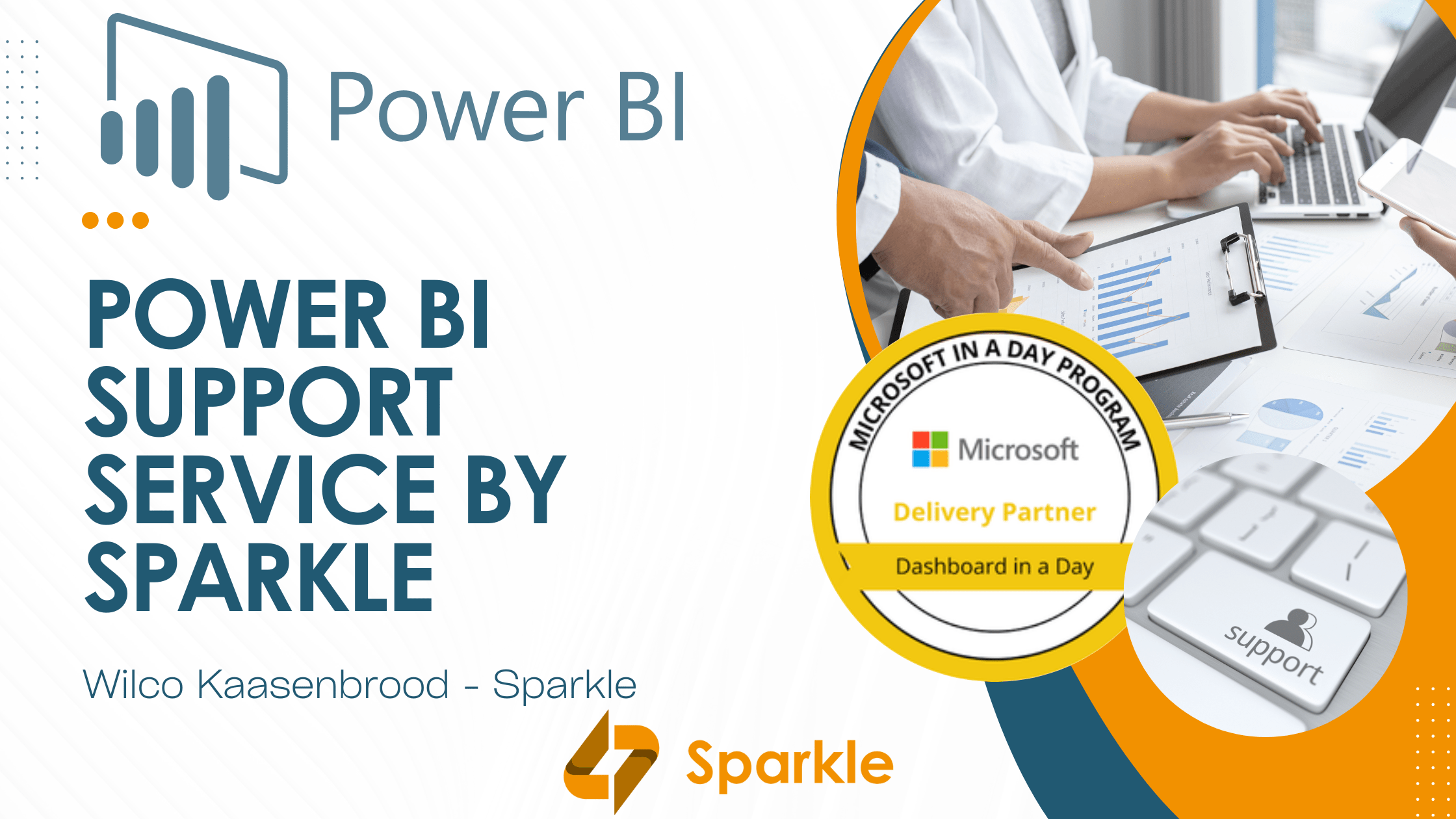Nowadays, data professionals are capable of building incredibly powerful systems. Near real-time data platforms that integrate data from multiple data sources from all over the organization. Even external data like data from partner organizations, open data, data from third party data providers, … can be seamlessly combined into one integrated enterprise data platform. This allows unprecedented insights into customer journeys and behaviours that enables for example 360 degree views on your customer. The value of these data platforms is huge, right? Potentially yes. Although reality is too often very different.
Why data platforms are not used to its fullest potential
I have once witnessed an entire data platform that was ultimately only used to produce a set of static PDF reports. Once per month they were generated and sent to customers. No interactive analyses, no intelligence to understand customer behaviour, just plain and simple reports merely to comply with service level agreements.
Why do companies invest so much in enterprise data warehousing and fail to reap its benefits? Why is it so hard to use this untapped potential of already integrated data ready to use in a data platform? Why does this happen?
There’s one key ingredient that’s often missing and definitely underestimated, and that’s culture. In order to move to a “data driven” culture and really integrate data into everyday’s processes, people need to know what data is available, how to use it and understand it’s value.
Why data governance is key
Data governance can be a true game changer. When embarking on a data governance track, the business people are getting more and more involved in data. They get the hang of it. The data owner and data stewards start to become ambassadors of data within their domain. And that’s exactly what’s needed to make data programs in general more successful. Business people acting as ambassadors within the organizations and explaining the value of data in their own words. That’s when the magic happens. As culture doesn’t change overnight, the key is not to rush things, and to progress slowly and steadily.
What does a successful data governance track look like?
In short, at least 4 elements are needed for organizing a data governance track that has impact.
- Management buy-in: Data governance should be part of an overall enterprise data strategy that is understood by business and technology leaders.
- High-level semantic data model: It’s crucial to define a high level semantic data model of the organization. Important here is to define it in the language of the business, and to avoid introducing levels of abstraction that business does not relate to. The model should read as a story.
- Data owners & stewards: The next step is to assign each entity to an information domain. Per information domain we assign a data owner and a data steward. The exact roles and responsibilities of a data owner and data steward will be tailored to your organization, but roughly the data owner is higher in the organization and will for example approve the definition of a business term that’s proposed by a data steward.
- Regularly meet and define actions: All data stewards gather typically every two weeks for two hours. There’s a lot of value in these meetings and very interesting discussions take place when definitions need to be defined for business terms. The broader a business term is used in an organization, the more lively discussions will get. And ultimately everyone will have a better understanding of the business in other domains. So what happens if two departments have important differences in the definition of the same business term? Well, that’s a good indicator you probably need two different business terms. The mere fact you’re now aware of the differences in understanding is valuable in itself.
After some time business and data model definitions will align and become clear for everyone. Gradually these definitions should be updated in reports and dashboards across the organization. There will be probably be some disagreements 
ABOUT THE AUTHOR

Kristof Van de Loock
Managing Partner







